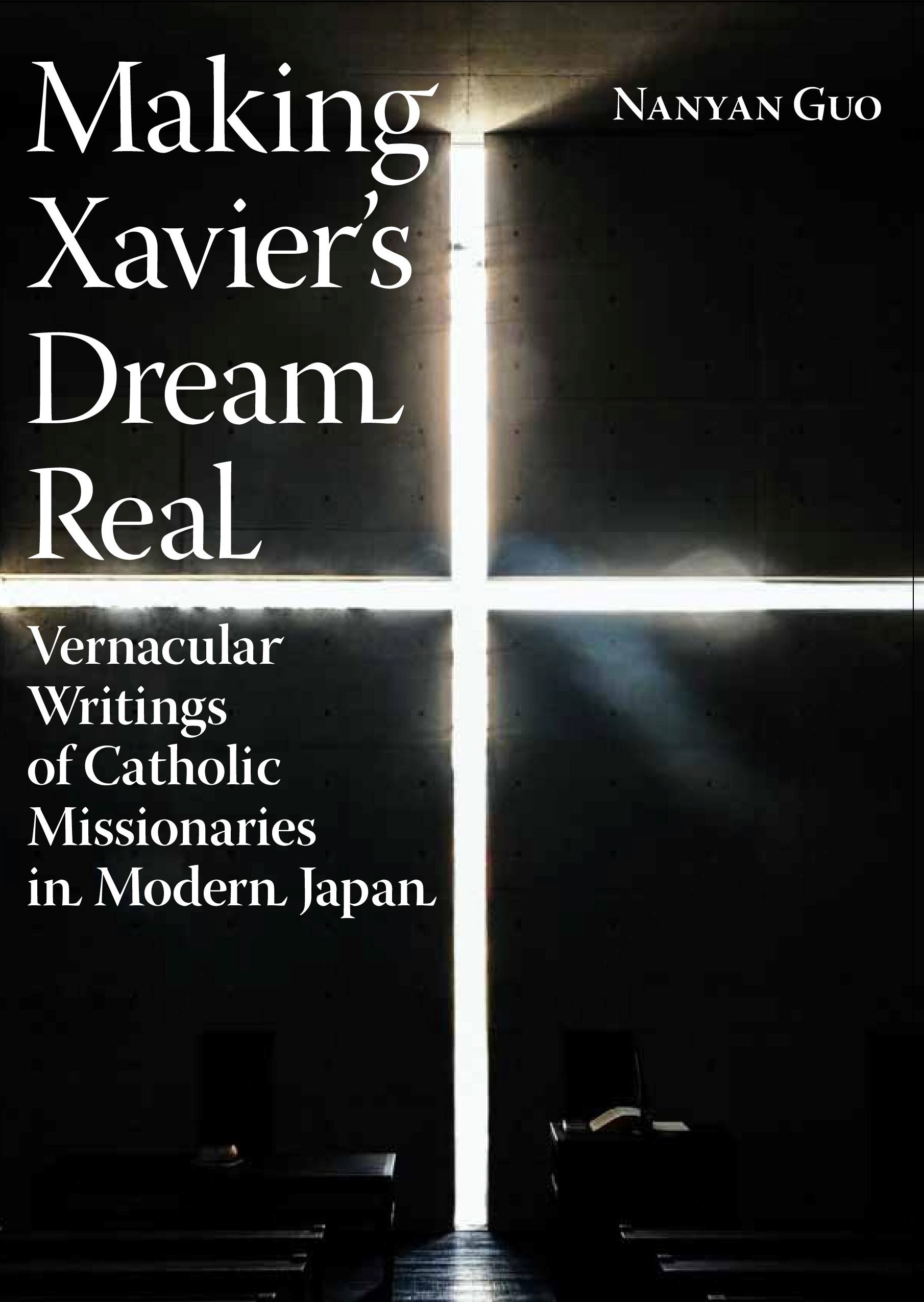
Title
Shiga Naoya de Sekai Bungaku o yomitoku (Interpreting “World Literature” through Shiga Naoya’s Literature)
Size
246 pages, 127x188mm, hardcover
Language
Japanese
Released
March, 2016
ISBN
978-4-86182-575-0
Published by
Sakuhinsha
Book Info
See Book Availability at Library
Japanese Page
SHIGA Naoya (1884–1971) is a renowned author who is regarded as one of the great masters of modern prose in Japan. In 1946, soon after World War II, he proposed replacing the Japanese language with French, which surprised millions of people. Although this proposal has been criticized as a bad example of separating language and culture, there has been no insightful research conducted on how this idea is related to Shiga’s highly reputed literature.
In fact, Shiga’s view provides us a clue when considering what Japanese literature is and what “World Literature” should be. As Shiga objectively contemplated his mother tongue and endeavored to create a new literary style more than one century ago, perhaps he can be considered as a pioneering thinker for the bilingual society that is taking shape in the 21st century.
Shiga was particularly interested in German writer Johann Wolfgang von Goethe’s words about pursuing “eternal values” from “unique” and “instant” moments. The famous concept of “World Literature” promoted by Goethe was not clearly defined, but can be surmised from his various speeches. His “World Literature” does not refer to literary works that have gained worldwide popularity, but rather the effort made by writers who, while paying attention to the world and different races, give precedence to “individual particularity” and try to present “a combination of truth and advantage” that will exert “long-lasting influence” on the world. Shiga’s literature is characterized by its persistent pursuit of “particularity” focusing on the author’s daily life and personal matters. In this sense, his literature seems to be closely related to the “individual particularity” mentioned/discussed by Goethe.
Chapter One (Distrust of Mother Tongue) analyzes the methods Shiga employed in vividly depicting details of daily life that tend to be overlooked, based on his sharp observations, by using minimum words to spark the reader’s imagination maximumly. Chapter Two (Reasons for “Replacing the Japanese Language”) details a half-century history of intellectuals’ advocation for replacing the Japanese with another foreign language, and discusses the three decades of Shiga’s resistance against the “common sense” that the Japanese people should use Japanese.
Chapter Three (An ‘International Language’ Inspired by Nature Observation) demonstrates how the depth of Shiga’s observation of nature lends authenticity to his manner of expression, which can be easily understood, like an “international language.” Chapter Four (A Condensed Universe) documents several decisive moments in Shiga’s youth when he was awed by the beauty of nature, and various inspirations Shiga gained from viewing Japanese rock gardens and ink paintings which encapsulate the infinite natural world. These experiences all affected/influenced Shiga’s literature that depicts the breadth of nature and life by succinct expressions.
Chapter Five (Beyond the Dawn) examines the renowned description of the protagonist’s viewing of the sunrise on the Hōki Daisen mountain in Shiga’s novel A Dark Night’s Passing. The description, based on Shiga’s actual experience, was made possible by Shiga’s creation of a “universal” nature from a “particular” nature. Chapter Six (Concise Literary Style) compares Shiga’s literary style with that of the writers he tried to emulate, and interprets his intention of “replacing” the Japanese language. In sum, Shiga’s writings represent a Japanese example of Goethe’s “World Literature.”
This book carefully investigates Shiga’s life experiences and literary methods, includes numerous discoveries, and solves the riddle of Goethe’s term “World Literature.” A list of Shiga’s writings in foreign languages is added as an appendix.
(Written by Nanyan Guo, Project Professor, Global Leadership Program - GEfIL / 2020)



 Find a book
Find a book




